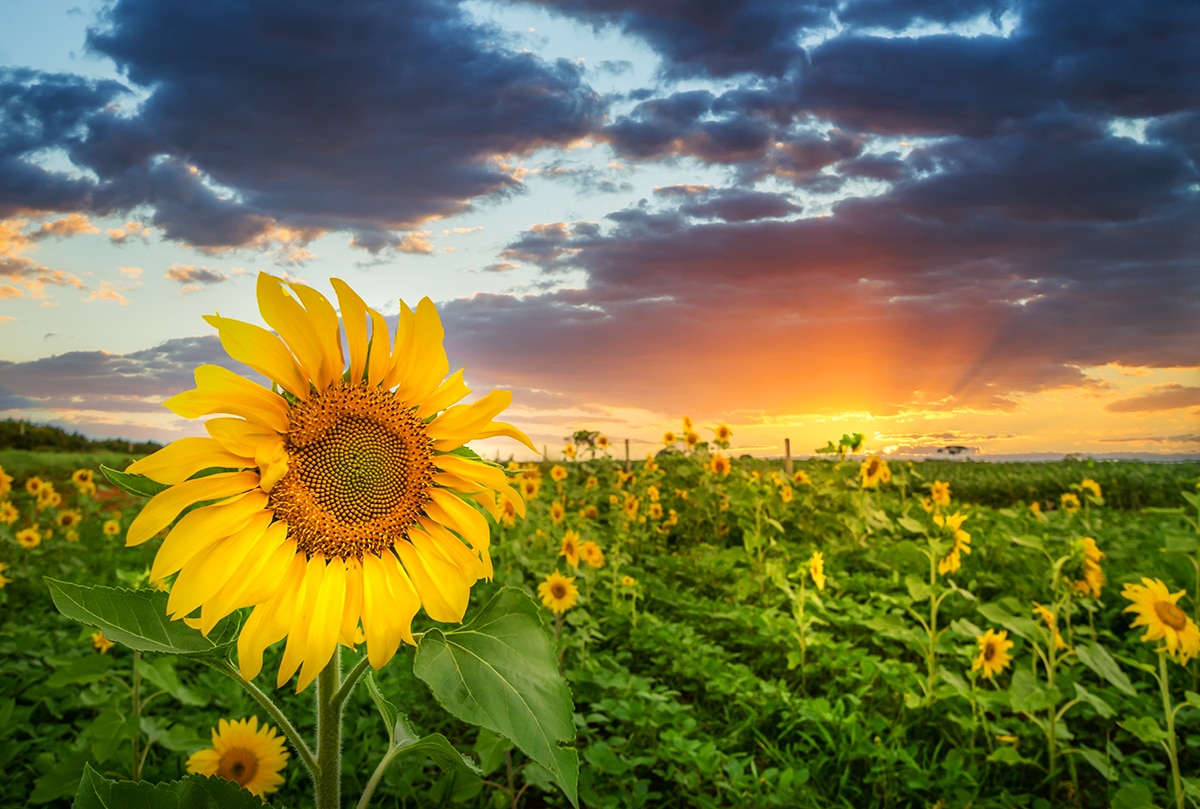Getting to the Roots of the Green Space Movement
In recent years, it has become increasingly clear that green spaces play a vital role in the health and well-being of our cities. These spaces – which can include anything from small parks to large nature reserves – provide important benefits to individuals, communities, and even the environment as a whole. Despite this, many urban areas around the world still suffer from a lack of sufficient green space. In this article, we’ll explore the important role that greenery plays in our cities, examine some of the reasons why green spaces are so important, and discuss strategies for increasing green space in urban areas.
The Benefits of Green Spaces
Green spaces are incredibly important for many reasons. To start with, they serve as an important escape from the hustle and bustle of city life. When surrounded by the concrete jungle, green spaces provide a much-needed respite from the noise and crowds, offering a calming, peaceful environment in which people can relax and unwind. Additionally, green spaces provide a space for physical activity, which is an important factor in maintaining good physical health.
But green spaces are also critical to the health of the environment itself. With increased development and urbanization, many of our cities have seen a dramatic reduction in the number and diversity of plant and animal species. By creating green spaces – even small ones – we can help to provide a haven for local wildlife, and preserve some of the natural beauty that may otherwise be lost to development. And when green spaces are designed in a sustainable way, they can also help reduce greenhouse gas emissions, combat climate change, and protect local water supplies.
The Challenges Facing Green Spaces in Cities Today
Despite the numerous benefits of green spaces, cities around the world continue to face significant challenges when it comes to expanding and maintaining these areas. One of the biggest factors affecting green space in cities is simply the cost. Building and maintaining large parks and nature reserves can be extremely expensive, and many cities simply do not have the resources to invest in these spaces. Additionally, there is often competition for land, with developers and other stakeholders looking to utilize available space for other purposes, such as housing or commercial development.
In addition to financial challenges, there are also cultural and social barriers to the creation of green spaces in some urban areas. For example, there may be a perception that green spaces are only for the wealthy, or that they are unsafe or prone to criminal activity. This can make it difficult for policymakers and city planners to get support from local communities when they propose new green space initiatives.
Strategies for Increasing Green Spaces in Cities
Despite the challenges, there are a number of strategies that can be employed to help cities expand and improve their green spaces. One of the most effective strategies is to create partnerships between local governments, non-profit organizations, and private sector stakeholders. By working together, these groups can pool resources, share expertise, and create sustainable green spaces that benefit the entire community. Additionally, city planners can look for creative ways to use existing space more efficiently – for example, by converting unused lots or rooftops into urban gardens or green spaces.
Another effective strategy is to engage local communities in the planning and design of green spaces. By involving community members in the process, planners can ensure that these areas meet the needs of local residents, and that they are seen as valuable and important community assets. This can help to overcome some of the cultural and social barriers that may be preventing the creation of new green spaces.
Finally, policymakers and planners can look for innovative ways to fund green space initiatives. This might include seeking out private sector partners willing to invest in green spaces, or creating new tax incentives or innovative financing mechanisms to help cover the cost of these projects.
The Future of Green Spaces in Our Cities
As our cities grow and evolve, it is clear that green spaces will need to play an increasingly important role. Whether it is by creating new parks and nature reserves, finding ways to incorporate greenery into urban areas, or working to preserve existing green spaces, there is no doubt that these areas are critical to the long-term health and well-being of our cities. By embracing innovative strategies and working closely with local communities, policymakers, city planners, and other stakeholders can help to create a more sustainable, equitable, and environmentally-friendly future for our urban areas.
In Conclusion
Green spaces play a critical role in the health and well-being of our cities. From providing a peaceful escape from the hustle and bustle of urban life, to preserving important wildlife habitats and protecting the environment, there are numerous benefits to creating and maintaining green spaces in urban areas. However, cities around the world face many challenges when it comes to expanding and maintaining these areas. By working together, engaging local communities, and embracing innovative funding and planning strategies, we can ensure that green spaces continue to play an important role in our cities, both now and in the future.

Deja una respuesta